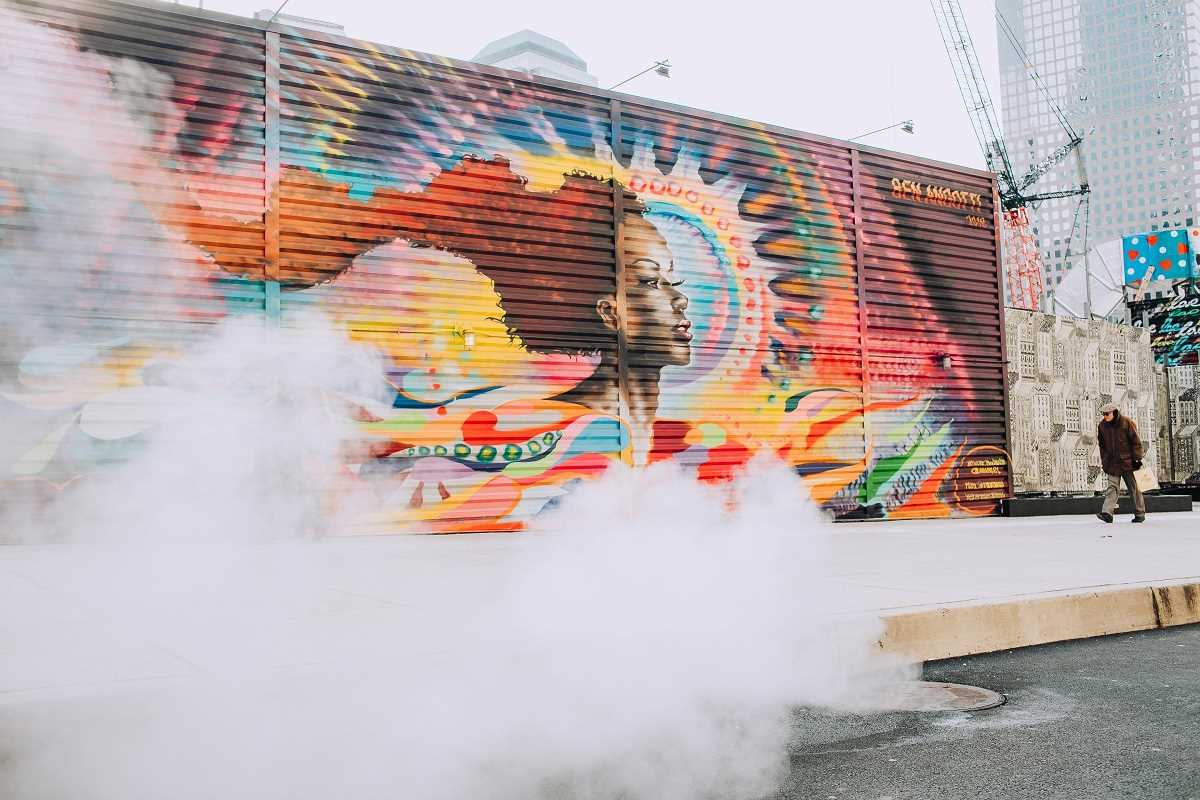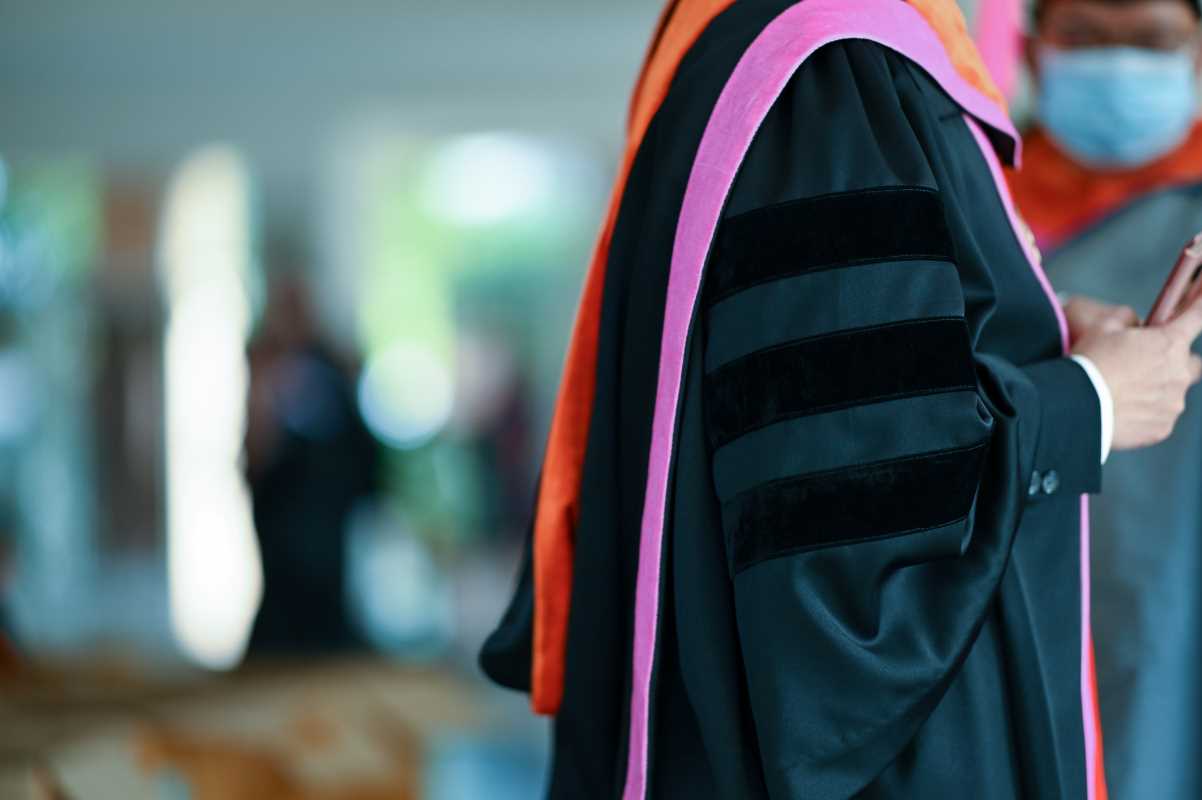Taking a gap year - a period of time typically spent between high school and university - has become a popular option for students seeking a break from formal education. The concept of a gap year is often associated with travel, work, or volunteer experiences, but its impact can extend far beyond just providing time for relaxation or exploration. For those considering a career in the arts, a gap year can offer unique opportunities that shape their academic success in art studies.
Whether it involves gaining practical experience, cultivating creative skills, or discovering new perspectives, the influence of a gap year on art students can be profound. But how exactly does stepping away from formal education for a year affect a student’s ability to succeed academically in art fields? Let’s take a closer look at the many ways gap years can benefit, or sometimes challenge, aspiring art students.
Broader Exposure to the Arts
A gap year offers an invaluable opportunity to step outside the classroom and immerse oneself in the world of art in a more hands-on and personal way. For students planning to pursue art studies, this exposure to a wider variety of art forms, genres, and cultures can serve as a foundation for a more enriched academic experience. Whether traveling to art museums, participating in workshops, or volunteering at galleries, students can explore new techniques, mediums, and artistic movements that might not be covered in traditional academic settings.
For instance, a student might spend their gap year working with local artists in a foreign country, learning new techniques, or studying an artistic tradition that greatly differs from their own. This firsthand experience can inspire their own work, offering creative ideas and influences that will inform their future academic projects. Additionally, being exposed to global art scenes can foster a sense of curiosity and open-mindedness, which are invaluable traits in the world of academia. By taking time away from the structured environment of school, art students are often able to see the broader context in which their academic studies fit - allowing them to return to their studies with a more diverse understanding of art.
Personal Growth and Creative Confidence
The time spent on a gap year can contribute to the personal growth that students often need to succeed in art studies. The arts are not only about technical skills, but also about self-expression, self-reflection, and creativity. During a gap year, students are given the time to explore their identities and passions outside of the traditional educational system, which can significantly boost their creative confidence. This boost is particularly important for art students, who are often tasked with creating work that is both personal and innovative.
Taking a gap year might involve engaging in solo projects, traveling to different places that spark artistic inspiration, or even experimenting with different art forms without the pressure of academic deadlines. This exploration of self can help students develop a stronger sense of direction and a clearer vision for their future studies. Whether they take on a personal project like photography or painting, or they dive into digital art, learning on their own terms without the constraints of coursework can encourage risk-taking and a more authentic approach to their art.
Moreover, students who return from a gap year feeling more confident in their creative abilities are likely to approach academic challenges with renewed enthusiasm. They may have developed new problem-solving techniques, gained exposure to different artistic perspectives, and cultivated an overall sense of independence - qualities that are essential for academic success in art studies.
Improved Time Management and Responsibility
One of the more practical benefits of a gap year is the development of skills such as time management, responsibility, and self-motivation - skills that are directly applicable to success in art studies. In a gap year, students are often required to balance multiple activities, whether it’s part-time work, internships, or independent projects. This experience provides them with the chance to manage their time effectively, set personal goals, and stay on track with their commitments, all of which are essential skills for succeeding in the often self-directed world of art education.
Many art programs require students to manage their own schedules, pursue independent research, and meet deadlines while balancing creative work. Students who have already learned to set goals and manage their time effectively during a gap year may find themselves better prepared for the demands of a rigorous academic environment. The independence gained during a gap year can also help students navigate the sometimes solitary nature of art-making.
Additionally, those who take on responsibilities during their gap year - whether through internships, teaching, or freelance work - learn how to work within a professional setting. This can translate into stronger organizational skills and an enhanced understanding of how to handle critiques, deadlines, and collaboration, all of which will benefit them during their art studies.
Enhanced Focus and Clarity of Purpose
One of the most significant ways a gap year can impact academic success in art studies is by providing students with clarity of purpose. The time away from traditional academics allows students to step back and reflect on their passions, their career aspirations, and the kind of work they want to create. This introspection can help them make more informed decisions about what they want to study, the type of art they want to specialize in, and how they want to engage with the art world.
For many art students, choosing a specialty - whether it’s painting, sculpture, photography, digital media, or performance - is a deeply personal decision. A gap year can offer the space and freedom to explore different artistic avenues and experiment without the pressure of grades or deadlines. When students return to their academic studies after a gap year, they often have a stronger sense of purpose and clearer goals. They may feel more confident about the courses they want to take, the professors they want to work with, and the direction they want to take in their art career. This clarity can lead to better academic choices and a stronger commitment to their studies.
For example, a student who takes a gap year to travel and study architecture might come back to their art studies with a desire to specialize in architectural design or urban art. The experience of living in different cities, observing architecture, and understanding different design principles might give them a new lens through which they view their work.
The Challenge of Academic Momentum
While there are many advantages to taking a gap year, it’s also important to acknowledge the potential challenges, particularly when it comes to maintaining academic momentum. For some students, a year away from formal education can lead to a loss of focus, difficulty in re-adjusting to academic life, or challenges with adapting to the rigor of art school. For art students, especially those who may struggle with time management or motivation, this challenge can be particularly pronounced.
Without the structured environment of school, students may find it harder to return to a classroom setting after a year away. The transition back into a highly focused academic environment may be difficult, especially if they’ve spent the year exploring artistic freedom without deadlines or external expectations.
Additionally, some art students may find that a year away from the academic world creates feelings of disconnect with their peers or a sense of falling behind. While a gap year can provide valuable experiences, students must also be prepared for the possibility of feeling out of sync with their academic cohort once they return. This is especially true for those who do not continue their personal art practice during their gap year or who struggle to maintain a creative rhythm without the formal structure of school.
For students considering a gap year, it’s essential to think carefully about how to structure the time away in a way that continues to nurture academic and artistic growth. Staying engaged with art during the gap year - whether through part-time courses, workshops, or regular self-directed projects - can help keep that academic momentum intact. Planning ahead and setting clear goals for the gap year can also ensure that students return to school feeling more motivated and prepared than ever.
Conclusion
Taking a gap year before diving into the world of academic art studies can be an incredibly rewarding and influential experience. The year away from formal education provides students with the chance to gain new experiences, build confidence, enhance practical skills, and discover a clearer artistic direction. It also offers an opportunity for personal reflection and growth, helping students return to their studies with a greater sense of purpose.
However, students must also be mindful of the challenges that can arise from taking a break from academia, such as potential difficulties in readjusting to the academic rigor or maintaining focus. A successful gap year for art students is one that is thoughtfully planned and provides both personal enrichment and artistic development. By approaching the gap year with intention and discipline, aspiring artists can set themselves up for greater academic success and creative fulfillment in their studies and beyond.
 (Image via
(Image via





